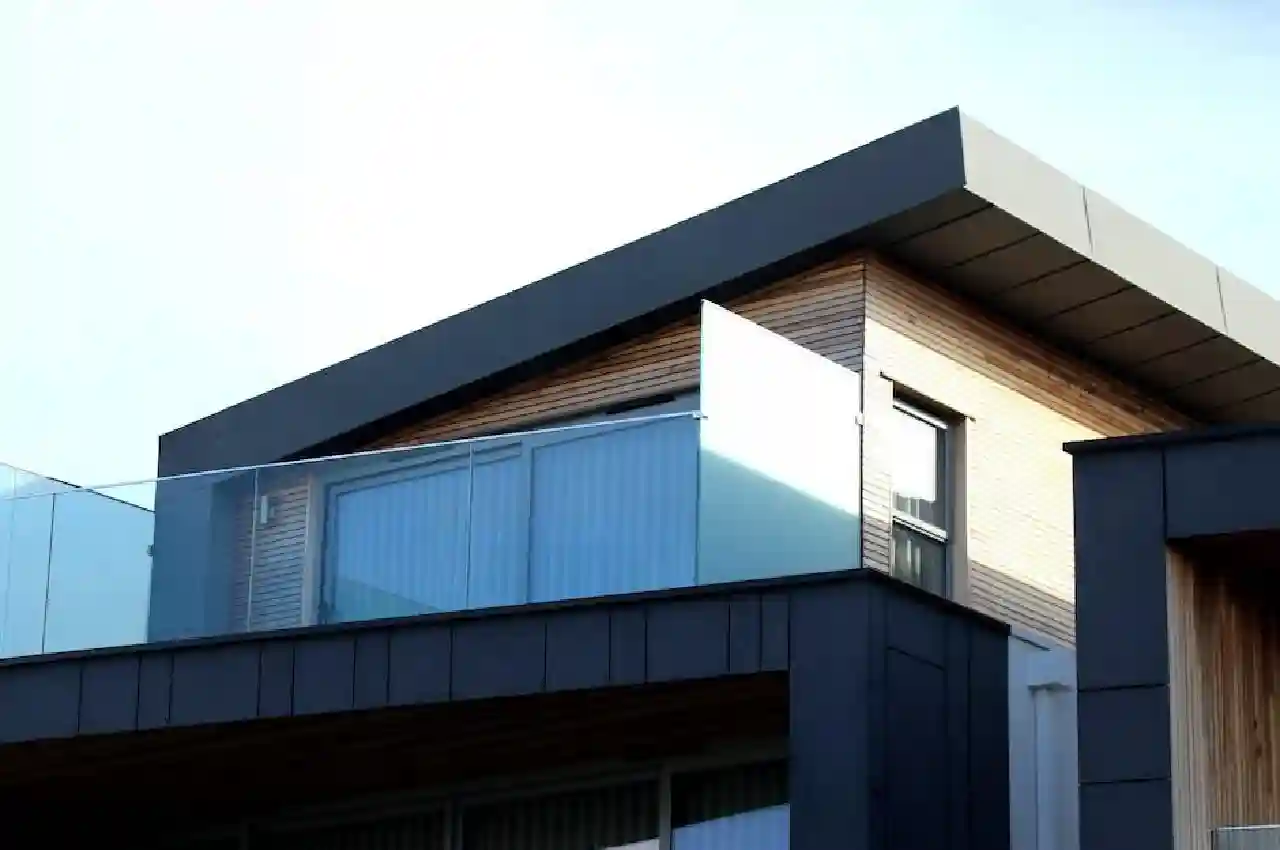Home Improvement
Understanding the Different Types of Flat Roofs

Flat roofs are popular for modern buildings, offering versatility and sleek aesthetics. Despite their minimal slope, different types of flat roofs provide various benefits and come in different types, each with unique strengths and applications. Explore the top flat roof options in this article.
Built-Up Roof (BUR)
The built-up roof (BUR) is a traditional flat roof type with multiple layers of asphalt, tar, and felt. The top layer is either gravel or a protective coating.
BUR roofs are durable and weather-resistant, and they insulate well, too, making them ideal for areas with extreme weather.
Modified Bitumen Roof
Modified bitumen roofs, like BUR roofs, have layers of modified asphalt. This makes them more durable and flexible.
They come in rolls that are simple to install and can be applied with heat or cold adhesives. People love them for homes and small buildings because they’re easy to fix, resist wind, and hold up well against tears.
Rubber Membrane Roof
Rubber membrane roofs, made from synthetic rubber, are often chosen for flat roofs. They’re lightweight, easy to install, and tough. Plus, their flexibility helps them handle temperature changes. Lasting for years, these roofs are eco-friendly and energy-efficient, which homeowners love.
PVC Roof
PVC roofs, also known as polyvinyl chloride roofs, are solid flat roofs made of plastic. They come in all sorts of colors and styles, which is why they’re a popular pick for businesses.
These roofs are fire-resistant, waterproof, tough, and a breeze to take care of. And hey, their ability to reflect sunlight helps keep buildings cool in the summer!
TPO Roof
TPO roofs, or thermoplastic polyolefin roofs, blend plastic and rubber. They are light, easy to install, and energy efficient. They reflect heat.
They come in white or light colors for cooling. They resist chemicals and UV rays. These are great for warehouses and commercial buildings.
While not the most durable, TPO roofs are increasingly popular.
Concrete Roof
Another variant of flat roofs that may be encountered is the concrete roof. Commonly found on commercial buildings due to their ability to support heavy loads, these roofs are renowned for their durability and longevity.
Despite the initial installation and upkeep costs, concrete roofs provide fire resistance and are considered a valuable investment for larger constructions.
Green Roof
Green roofs, or living roofs, are trending in modern construction. These roofs are covered in greenery to create a cozy, cool environment, manage rainwater, attract wildlife, and purify the air. Though they may be pricier initially, their eco-friendly benefits and energy efficiency make them quite appealing!
Can Any Roof Accommodate Solar Panels?
In general, most roofs can accommodate solar panels, provided they have the proper structural support and orientation. Solar panels are an excellent solution for homeowners and businesses looking to enhance energy efficiency and reduce utility bills. Medford solar panel installers can assess your property, provide expert guidance on the best solar solutions, and handle the installation process with ease.
Exploring the Types of Flat Roofs: A Comprehensive Guide to Different Types and Considerations
There are different types of flat roofs, each with unique benefits. Built-up roofs are known for their durability. Modified bitumen roofs are a breeze to install and fix, rubber membrane roofs are eco-friendly, and PVC roofs are low-maintenance while reflecting sunlight well.
TPO roofs are all about energy efficiency. Concrete roofs pack a punch for heavy loads, and green roofs do. They bring a touch of nature to cityscapes for some eco-love. Understanding these types helps homeowners and builders make savvy roofing choices.
For more on this content, visit the rest of our blog!
Having completed my education in English, I’ve cultivated a successful career as a content writer. My tenure includes valued collaborations with distinguished professional organizations, reflecting my commitment to producing high-quality content.
Contact me on this mail: [email protected]










